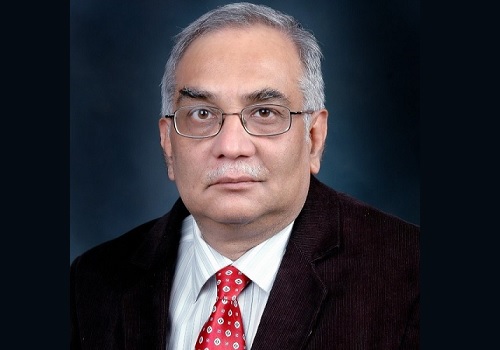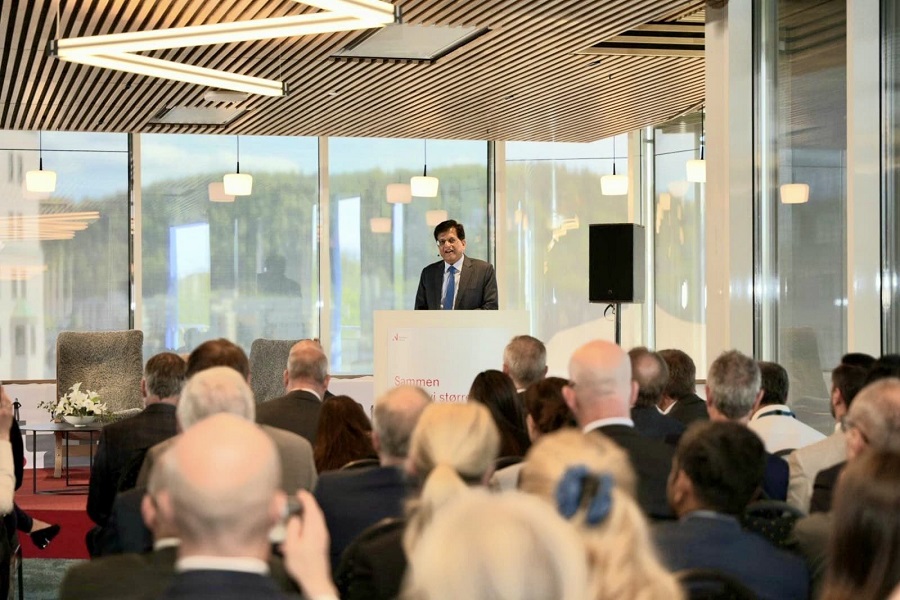Navigating Inflation: Fed`s Dilemma and Market Dynamics Unveiled by Amit Gupta, Kedia Advisory
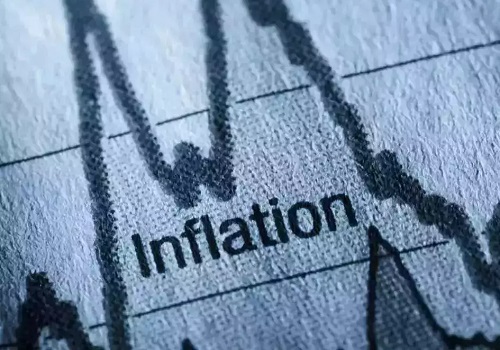
Amid mounting concerns over stalled progress on inflation, Federal Reserve officials grapple with the need for prolonged tight monetary policy, questioning the persistence of high inflation and debating the timing of interest rate adjustments. Despite indicators signaling robust economic momentum, disappointing inflation readings spark uncertainty, prompting discussions on the delicate balance between restraining inflation and supporting growth. Investors adjust their expectations following the latest CPI data, underscoring the complexity of the Fed's task in managing inflationary pressures.
Highlights
Inflation Concerns: Federal Reserve officials are worried that progress on inflation may have stalled, leading to discussions about the need for a longer period of tight monetary policy to control price increases.
Uncertainty on Inflation Persistence: There's uncertainty among policymakers about whether high inflation will persist, with recent data not increasing their confidence that inflation will sustainably decrease to 2%.
Debate on Monetary Policy: Fed officials are debating whether it's riskier for monetary policy to remain too tight for too long or to ease too soon and fail to return inflation to its 2% target.
Expectations vs. Reality: The minutes reflect a general concern about the status of the inflation fight, which seemed well under control at the start of the year but has become more uncertain in recent months.
Economic Momentum vs. Inflation: While indicators point to strong economic momentum, disappointing readings on inflation raise concerns about whether Fed policy is adequately restrictive to prevent further inflationary pressure.
Rate Hike vs. Rate Cut: There are debates about whether to defend against inflation with another rate hike or to consider rate cuts to support economic growth, especially with recent CPI data showing an acceleration in inflation.
Timing of Rate Cuts: Fed policymakers are debating when to lower the central bank's benchmark overnight interest rate, with investors pushing out bets on the timing of an initial rate cut to September from June after the release of the latest CPI data.
Policy on Bond Holdings: The vast majority of Fed officials judge it prudent to slow the runoff of the central bank's massive holdings of Treasury bonds and mortgage-backed securities "fairly soon."
Conclusion
The Federal Reserve finds itself at a pivotal juncture, as uncertainties surrounding inflation persistence challenge initial expectations of a smooth descent to the 2% target. With debates ongoing about the appropriate timing of interest rate adjustments and the balance between economic momentum and inflation containment, market dynamics reflect shifting sentiments and expectations. The central bank faces the delicate task of navigating between ensuring price stability and supporting sustained economic growth, with each decision carrying significant implications for both the domestic and global economic landscape. As the Fed's April meeting approaches, the intricacies of the inflation dilemma continue to unfold, shaping market responses and policy considerations in the months ahead.
Above views are of the author and not of the website kindly read disclaimer



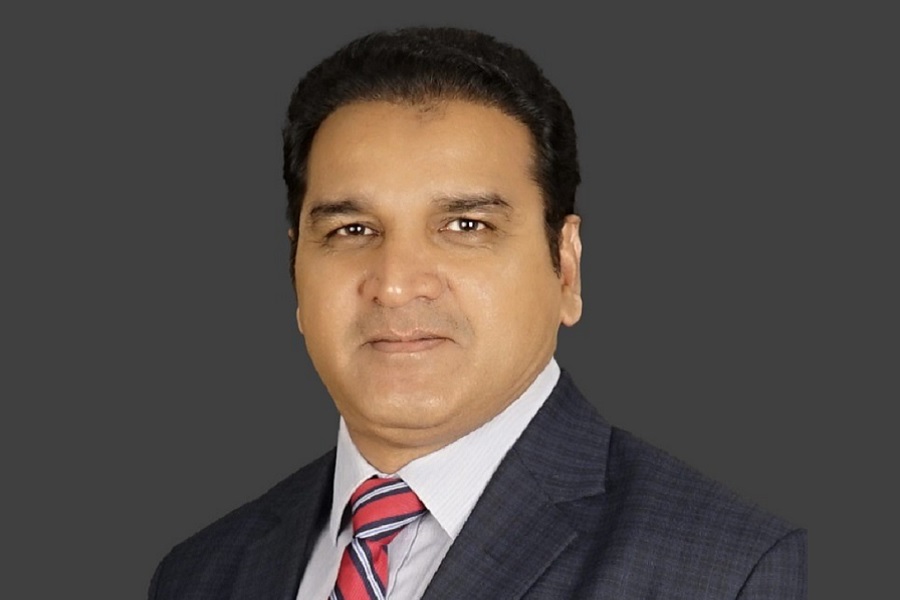
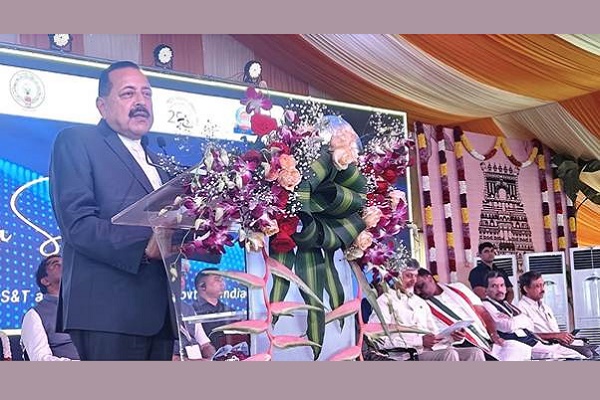

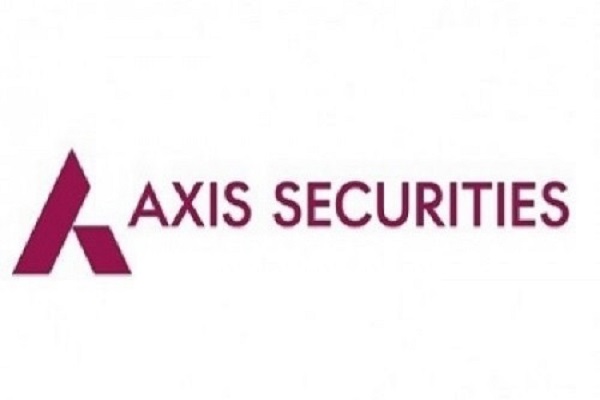



More News

Quote on Debt Outlook by Puneet Pal, Head Fixed Income, PGIM INDIA Mutual Fund


